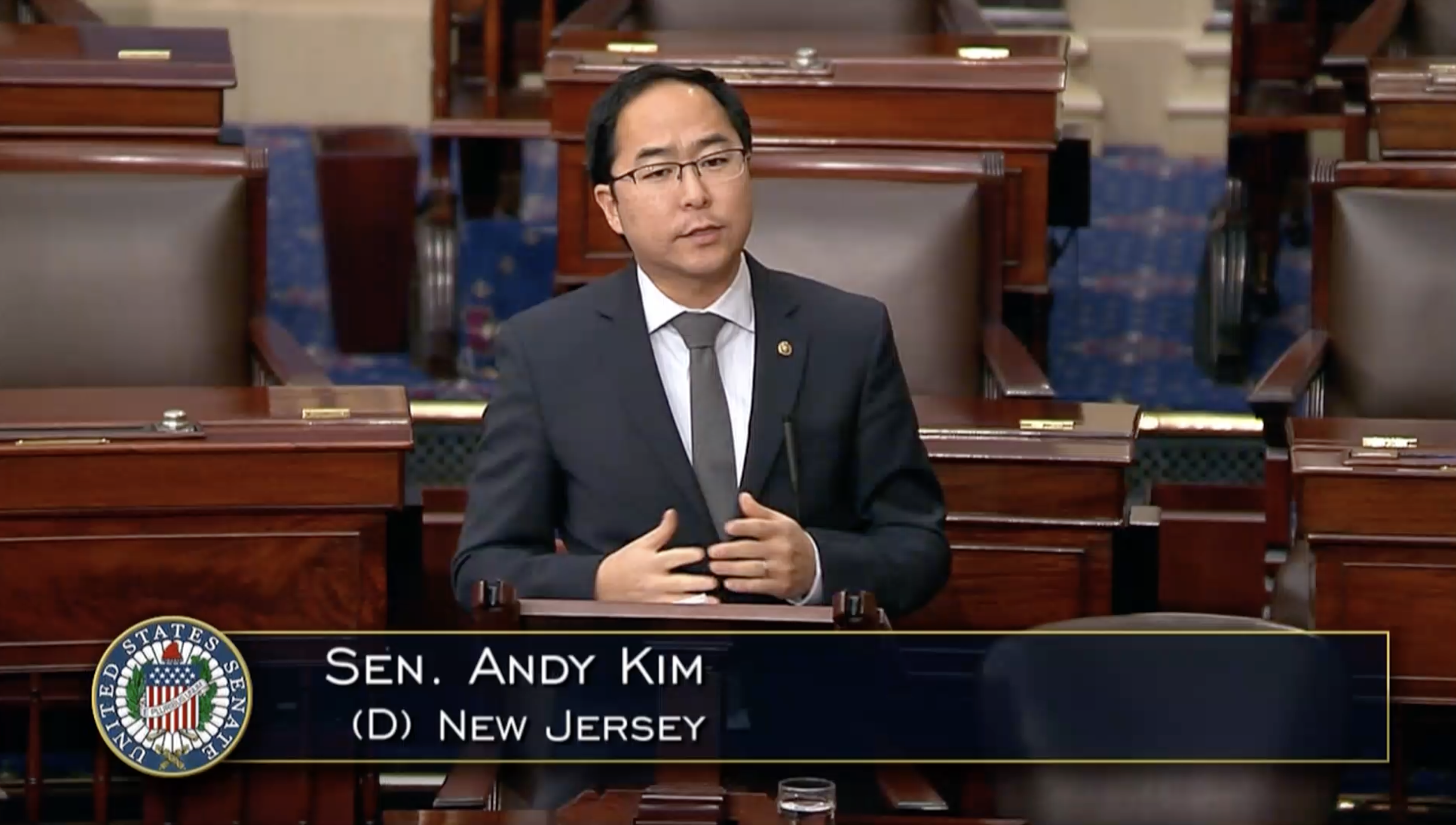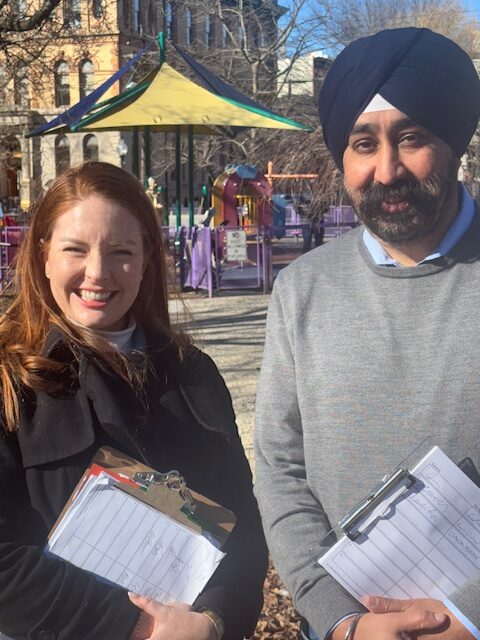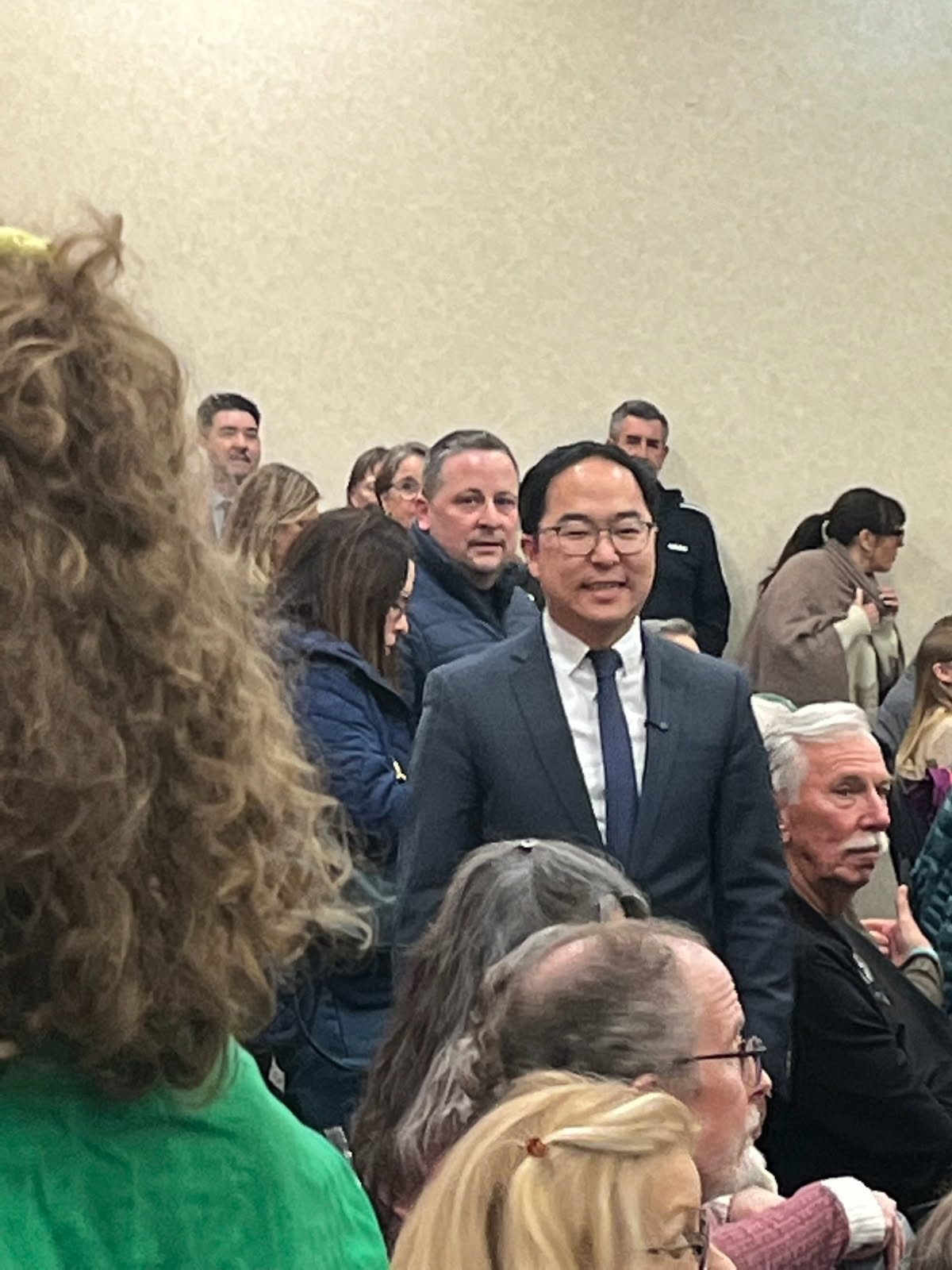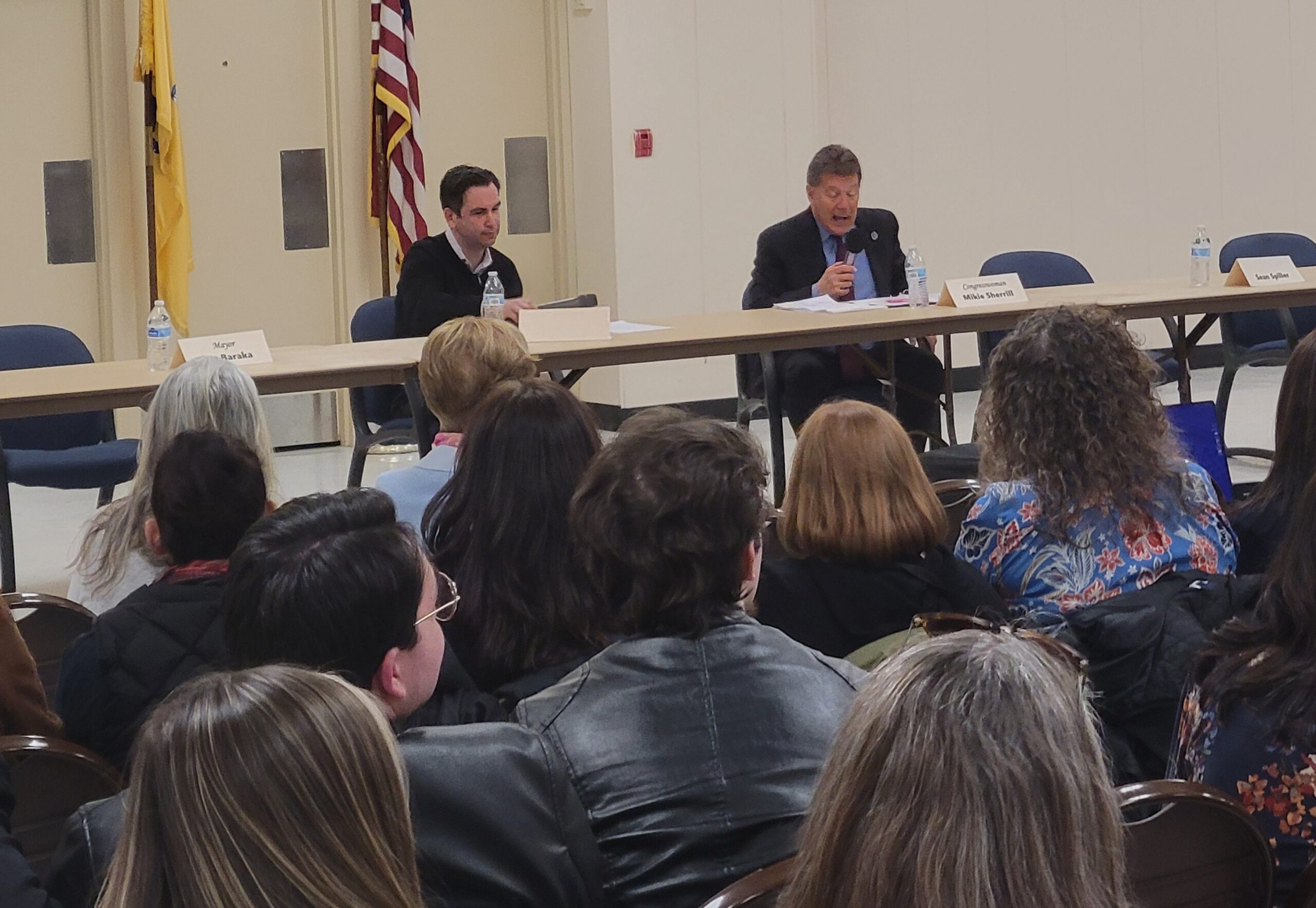Vin Gopal said it was a time for celebrating.
His Senate colleague, Paul Sarlo, said elections are going to be different.
“There’s no such thing as mailing in elections anymore. You’re going to have to work,” he said.
All this cheerleading occurred late Thursday afternoon at the end of an exhaustive Senate Judiciary Committee meeting when the panel endorsed legislation to institute a new ballot design.
This was necessary because of a federal court ruling last year eliminating the “county line.”
The new ballot would list all candidates for the same office in the same column – as opposed to listing candidates endorsed by the local party in one column and the rest somewhere else. The term for “somewhere else” has been “ballot Siberia.”
That brings up Sarlo’s point. With no ballot placement advantage, all candidates – even incumbents – are going to have to campaign hard to win.
All well and good, but dozens of mainly Democratic activists were not buying it. They testified that the new ballot design still would give favored candidates an advantage.
This was a regular meeting of the committee and with the panel clearing a number of nominations, things dragged on – and on. So much so that the committee didn’t get to the ballot bill until mid-afternoon. The meeting began around 11 a.m.
Ravi Bhalla, the mayor of Hoboken and an Assembly candidate this year, didn’t like it.
“Why do you make us wait four hours to be heard?” he asked. Bhalla, who called the wait “undemocratic,” was there to oppose the bill.
A few dozen people testified in opposition to the bill. Their objections generally fell into three categories:
The bill would allow candidates running as a team – say two Assembly candidates – to be “bracketed” on the ballot.
Opponents said this was not right.
Katie Brennan, another Assembly candidate this year, said candidates can team up and “knock on doors together,” but that they should be listed individually on the ballot.
She said the proposed ballot may be “more fair,” but it was still unfair.
During the meeting, Sen. Mike Testa brought up the “right of association” as a contrary point.
The bill says that the county clerks would have discretion to design “the ballot in either landscape or portrait orientation.”
Some cynics said they did not trust county clerks, noting that they are political officials in their own right.
Sen. Kristin Corrado disagreed, saying she’s confident clerks will do a professional job.

The bill also eliminates primary elections for members of county committees.
That may seem ill-advised, as some contended, but the reality is that the county committees of both parties are internal political organizations that are very much unknown to the public.
Ask yourself now – who are the county committee members from both parties in your district? (I don’t know either).
Gopal in his time for celebrating comments stressed:
“There’s no line, the line is not there.”
Thursday’s spectacle in Trenton, and in fact, this entire issue dates back to the suit last year engineered by Andy Kim, who was then a candidate for the U.S. Senate against Tammy Murphy, the first lady and the choice of the state’s Democratic establishment.

Kim, who is now in the Senate, was nonetheless paying attention to the goings-on in the Statehouse. And he wasn’t all that pleased, saying:
“The ballot design bill being considered today in Trenton falls short of what New Jersey voters deserve. As I said in my December testimony before the select committee, every candidate should be treated the same. We need uniform, randomized computer or machine drawings. No placement prioritization. No physical grouping on the ballot of candidates as running mates. Just fairness. Candidates can campaign together as running mates, but giving them physical placement bracketed together on the ballot will put pressure on other candidates to have running mates. That goes against the concerns of association I testified about in federal court a year ago.”
(Visited 95 times, 95 visits today)
In recent years, there has been a significant shift in the way elections are conducted, with a growing number of states moving away from traditional mail-in voting and towards more modern methods such as online voting and electronic voting machines. This shift has been driven by a number of factors, including concerns about the security and reliability of mail-in ballots, as well as the desire to make the voting process more convenient and accessible for all voters.
One of the main reasons behind the decline of mail-in voting is the increasing prevalence of election fraud and tampering. In recent years, there have been numerous reports of mail-in ballots being lost, stolen, or tampered with, leading to concerns about the integrity of the voting process. In response to these concerns, many states have implemented stricter regulations and security measures for mail-in voting, such as requiring voters to provide identification and signature verification.
Another factor driving the shift away from mail-in voting is the desire to make the voting process more convenient and accessible for all voters. In today’s fast-paced world, many people simply do not have the time or inclination to fill out a paper ballot and mail it in. By offering alternative methods such as online voting and electronic voting machines, states are able to make the voting process quicker and more convenient for voters, leading to higher voter turnout and greater participation in the democratic process.
While the end of mailing in elections may be a welcome development for some, there are still concerns about the security and reliability of online and electronic voting methods. Critics argue that these methods are vulnerable to hacking and manipulation, potentially compromising the integrity of the election results. In response to these concerns, states are implementing strict security measures and protocols to ensure the safety and accuracy of online and electronic voting.
Overall, the end of mailing in elections represents a significant shift in the way elections are conducted, with states increasingly turning to more modern and convenient methods such as online and electronic voting. While these methods offer numerous benefits in terms of convenience and accessibility, there are still concerns about their security and reliability. As technology continues to advance, it will be important for states to stay ahead of the curve and ensure that their voting systems are secure, reliable, and trustworthy.



